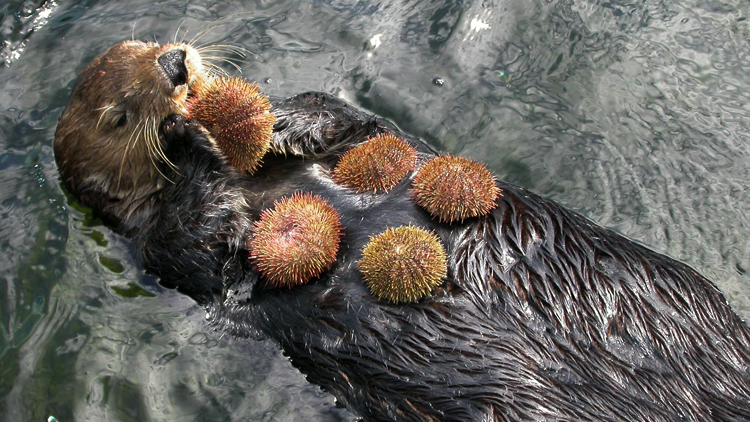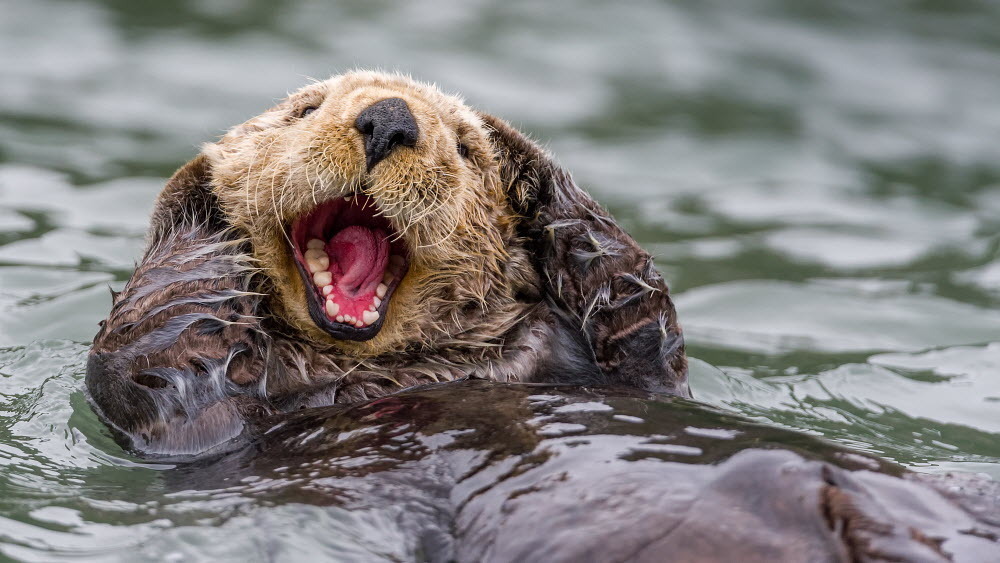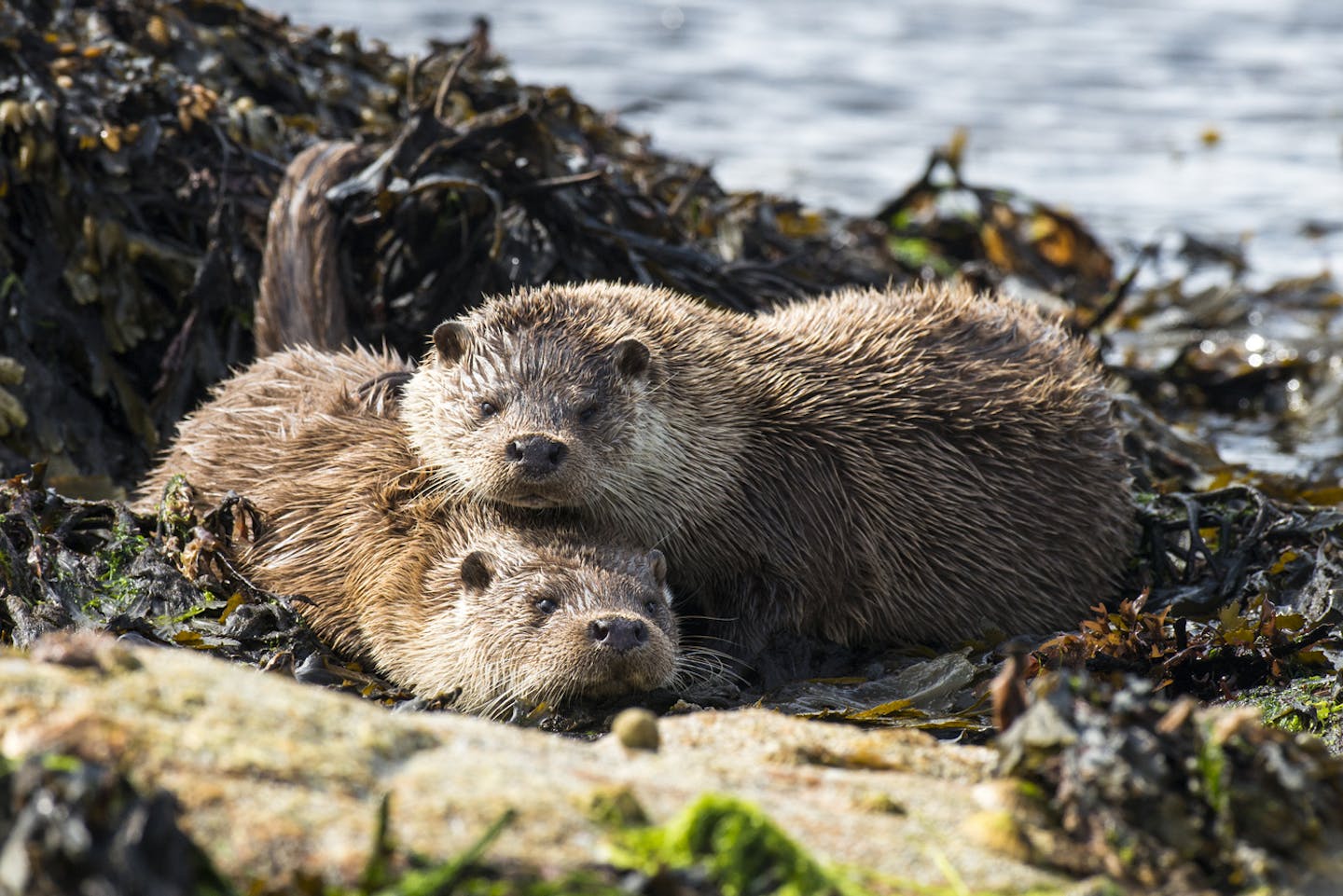How sea otters fight climate change by guarding kelp forests
Keystone species of their marine ecosystem
Floating on their backs, flippers up, massaging their round faces with fuzzy front paws, it’s hard not to be completely enamored with sea otters (Enhydra lutris). They are cute and playful and really do hold onto each other at night to prevent themselves from drifting apart while they sleep.
With all this charm, there’s even more reason to love this species; they play a vital role in keeping their marine ecosystems in balance. Like African forest elephants and beavers, sea otters are considered a keystone species, meaning other species largely depend on and are influenced by their behavior.
Another image that comes to mind when one thinks of sea otters is how they lounge on their backs, delightfully munching on crabs, barnacles, and sea urchins. It is, in fact, this special diet that makes sea otters climate change champions. Having a meal plan rich in crustaceans keeps these populations in check.
Too many crabs burrowing into the submerged, muddy banks would make them unstable. Secure sloughs provide structure and create habitats for other species to live in, like slugs, algae, and kelp forests.

Otter snacking on sea urchins. Image credit: Katherine Johns
Guardians of underwater kelp forests
Sea otters also protect kelp forests by removing their top predator, the sea urchin. These spiky, globular echinoderms eat the roots and cut the remaining plant off from receiving essential sediment nutrients. They also multiply rapidly, sweeping across the ocean floor and devouring entire stands of kelp.
When sea otters are around, they reduce the urchin population and frighten the creatures from advancing on the forests — choosing instead to hide away and wait for pieces of kelp debris to fall.
The effect otters have on kelp is what takes their keystone species status to a global level. Kelp forests are one of the most efficient absorbers of CO2, using carbon from the atmosphere to grow their leafy structures underwater. With the protection sea otters provide, these forests flourish. According to a study published in the journal Frontiers in Ecology and the Environment, kelp forests that are guarded by sea otters can sequester up to 12 times more carbon from the environment.

An underwater kelp forest. Image credit: Heal the Bay, Creative Commons
Sea otters, kelp forests, and climate change mitigation
Researchers have found that sea otters can increase kelp forest carbon storage from 4.4 to 8.7 megatons annually. To put that in perspective, we would need to remove 3 to 6 million passenger cars from the road to equal that amount.
As more money is being invested into carbon capture technology, scientists like Chris Wilmers and Jim Estez from the University of California at Santa Cruz advocate that more value should be placed on protecting and restoring sea otter populations as a natural climate change solution.
Using the current price on the European carbon market, the amount stored by kelp forests and reinforced by sea otters would be worth $205-400 million.

Image credit: Ingrid Taylar, Creative Commons
Threats facing sea otters
Despite their appeal and their essential role in our ecosystem, sea otters are listed as endangered as assessed for the IUCN Red List of Threatened Species.
Habitat degradation, oil spills, net fishing, and the fur trade are major factors in their decline. The species is believed to have been reduced by over 50 percent in the last 45 years.
Restoring sea otters to their historical range and numbers will help keep carbon-sequestering kelp forests thriving. Their vital role in helping regulate the ocean carbon cycle is further proof that protecting and restoring Earth's wildlife is key to combating the climate crisis.
Explore Earth's Bioregions


